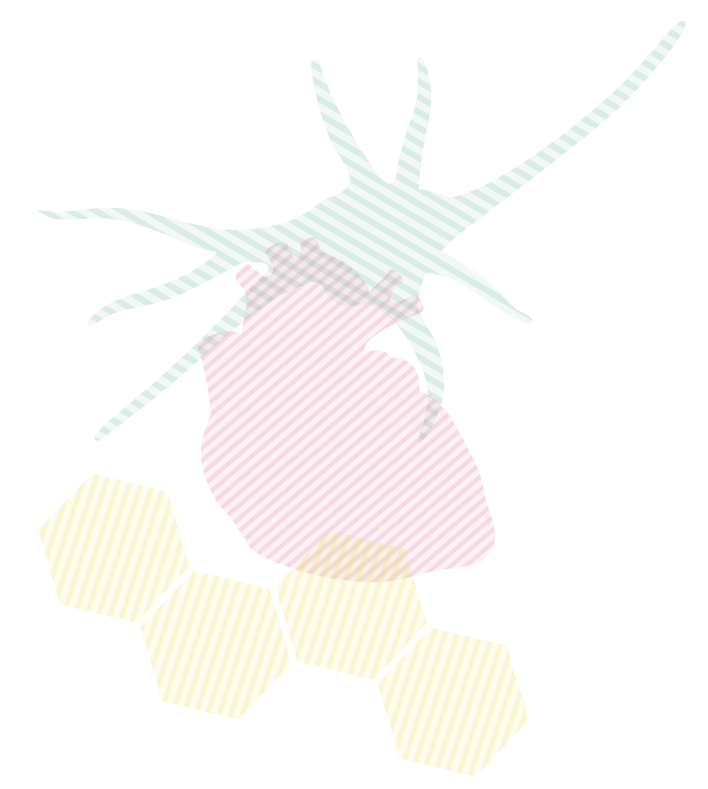Acute pain is a normal reaction of the somatosensory system to noxious stimulation which serves a protective function and is the first symptom of disease, especially of inflammatory origin. In its chronic form, pain is maladaptive and has a significant impact on quality of life. The scientists from the Department of Cellular Neurophysiology investigate the function of a distinct group of proteins involved in the mechanisms of acute and chronic pain.
The survival of all living organisms is determined by the ability to recognize potentially harmful or painful stimuli. In mammals, this „alarm system“ constitutes of specialized neurons called nociceptors. On the nociceptors, several members of a distinct group of proteins called transient receptor potential (TRP) are expressed. These receptors form ion channels that can detect painful stimuli and transduce the information into an electrical signal.
The group of Viktorie Vlachová from the Department of Cellular Neurophysiology investigates the functional properties of these channels. The ankyrin receptor TRPA1 is one of the TRP ion channels, which can be activated by endogenous pain-causing substances, but also by pungent natural compounds from cinnamon or mustard oil, environmental irritants like acrolein, noxious cold and mechanical stimuli.
In the latest study, we discovered that evolutionarily highly conserved structural motifs play different functional roles when present in various parts of the TRPA1 protein and the precise sequence of the motifs is essential for the stability of the whole channel. The recent findings contribute to the understanding of molecular mechanisms by which TRPA1 channels are gated and how these mechanisms help the channels to play their physiological parts.

Hynkova A., Marsakova L., Vaskova J., Vlachova V.: N-terminal tetrapeptide T/SPLH motifs contribute to multimodal activation of human TRPA1 channel. Scientific Reports 6, Article number: 28700 (2016), doi:10.1038/srep28700










